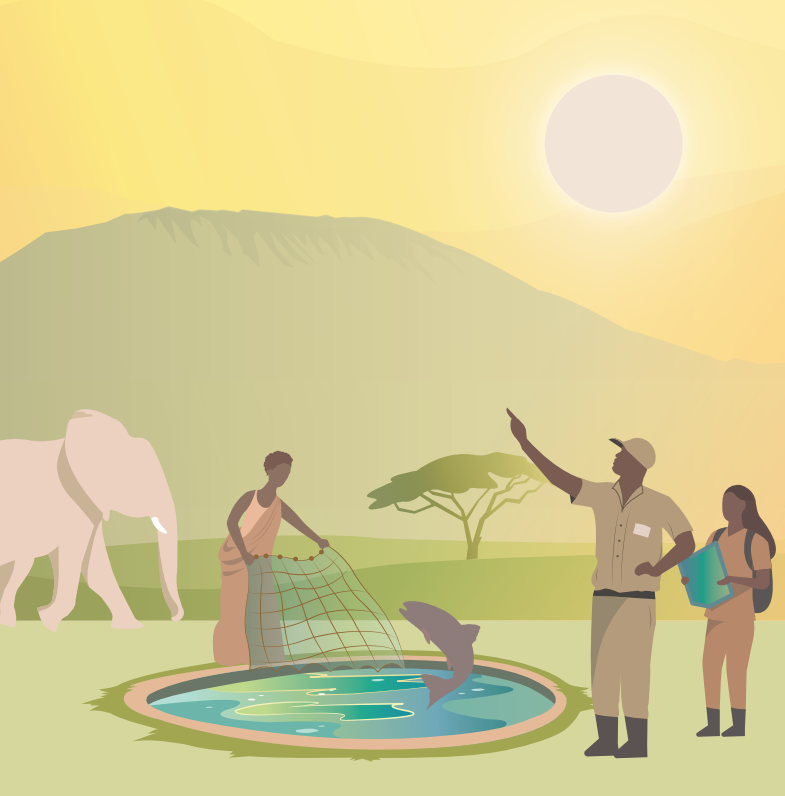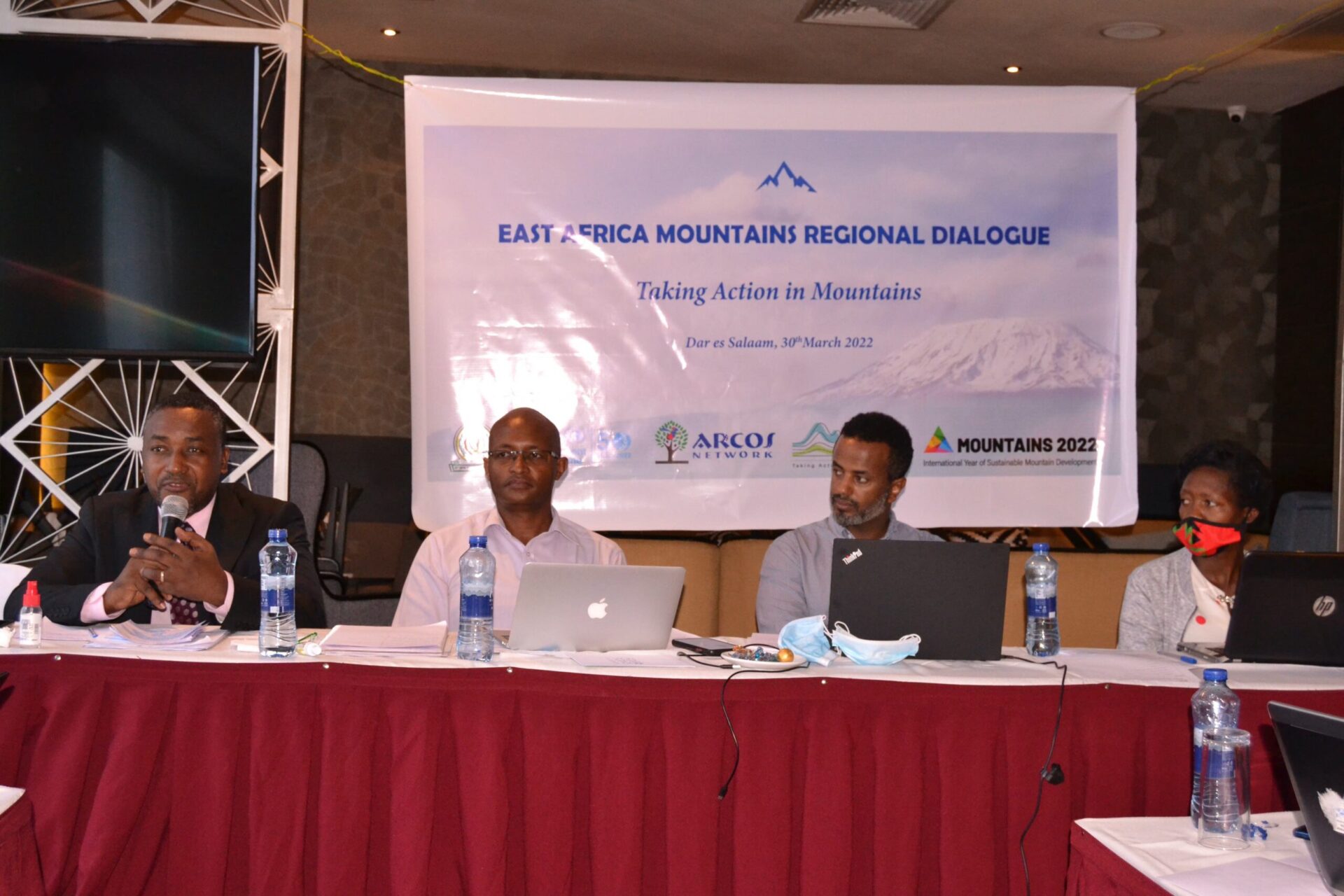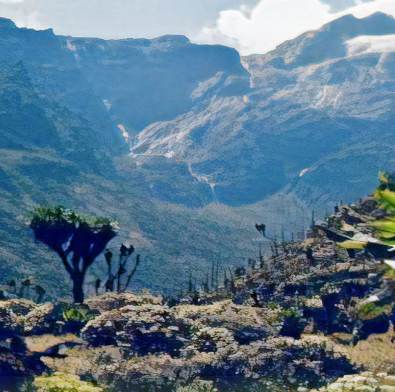
Godfrey Mwesigye
Mountains ADAPT: Solutions from East Africa
The Mountains ADAPT: Solutions from East Africa booklet showcases adaptation solutions proven to be successful in response to specific issues caused or accelerated by climate change that negatively affect mountain communities’ livelihoods and ecosystems. The publication includes Burundi, Kenya, Rwanda, South Sudan, the United Republic of Tanzania and Uganda.
East Africa Mountains Regional Dialogue Meeting
The event brought together 31 participants including representatives from the East African Community (EAC) Secretariat, the members of the Climate Change Technical Working Group (CCTWG) from the partner states and other key stakeholders from East Africa, and suggested establishing an East Africa Mountains Stakeholder Platform under the EAC.
Adaptation at Altitude: Solutions and Climate Action in East African Mountains
This event video recording and summary explores what communities, governments and the East African Community are doing to adapt to climate change and promote transboundary cooperation.



